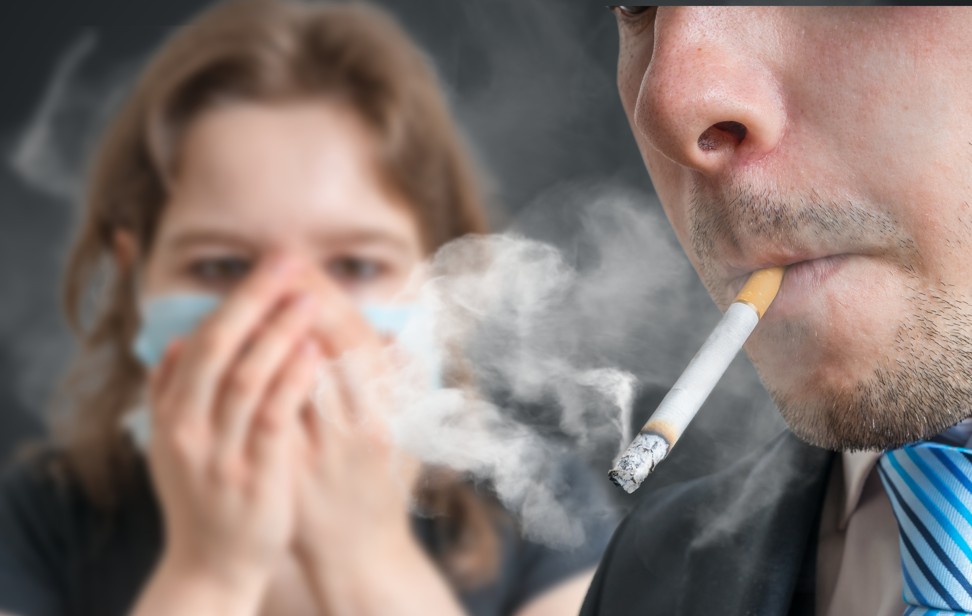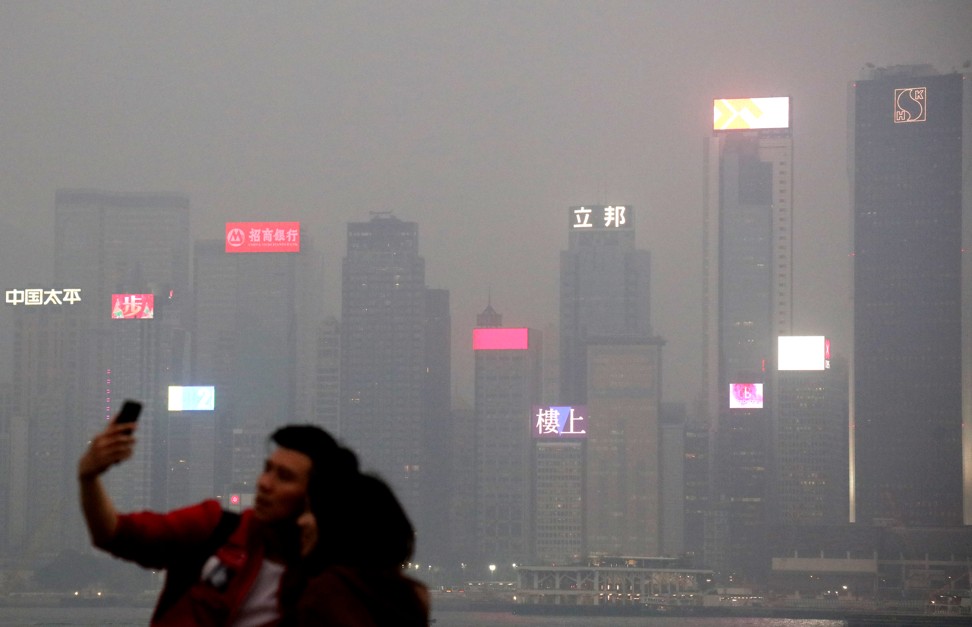
Our lungs are a clever combination of effective filter and pair of bellows, huffing and puffing air in and out, pumping with muscle and the aid of the diaphragm and rib cage. Every cell in the body needs oxygen to work properly and the lungs are crucial to this: with every breath we take, oxygen enters our bloodstream and moves throughout the body.
The lungs are one of the biggest organs, a twosome of slightly odd shaped balloons between the liver and heart.
The two are not symmetrical; they’re shaped to neatly fit into our anatomy, the right being wider than the left, but shorter to make room for the liver beneath it. The left one is narrower to accommodate the heart. The ribs neatly encircle them in a protective embrace. The surface area of all the tiny alveoli – the little sacs where oxygen and blood meet and mix – would cover a tennis court.
We need oxygen to survive, but if we don’t rid the body of carbon dioxide, we’d die anyway. That’s where the lungs also play a big role: expelling it.

Exhaling toxic CO2 is just as important as inhaling life-sustaining oxygen – we use only about 5 per cent of the oxygen of every breath, the rest is exhaled and the cycle continues. And lungs also play a key role in speech – the larynx, or voice box, is directly above the windpipe, pushing air from the lungs through the voice box to produce sound.
Lungs are less balloons than buckets – buckets of blood strung with air bubbles. Every time the heart beats, it sends equal amounts of blood to the lungs as it does the rest of the body. Blood is in the lungs for less than a second – long enough to balance the gases.
At rest, a man’s lungs can hold about 710ml (24 ounces) of air, a woman’s around half that. According to the American Lung Association, adults typically take 15 to 20 breaths a minute, about six litres of air, and around 20,000 breaths a day. Babies breathe faster than adults; a newborn’s normal breathing rate is about 40 breaths each minute.
The lungs have a neat housekeeping arrangement. Cilia, like a coat of fine hairs, line the bronchial tubes and wave back and forth like seaweed underwater, spreading mucus to help rid the lungs of dust and germs.
A person can survive on a single lung quite well – providing that lung is in tip top condition. Lungs are easily damaged, though. Covid-19, the disease at the centre of the current coronavirus outbreak, is a case in point. Patients in serious condition have inflamed lungs whose tiny alveoli fill with water and pus, and are unable to make the oxygen exchange effectively.

The first two patients to die from the virus in China were healthy adults, but they were long-time smokers. Dr Raymond Tso, a US-trained Hong Kong specialist in respiratory medicine, stresses that smoking is the single worst thing we can do for our lungs.
“Both cigarette smoking and heat-not-burn e-cigarettes can cause great damage to the lung tissue,” Tso says.
According to the Mayo Clinic, based in Rochester in the US state of Minnesota, people who smoke have the greatest risk of lung cancer. The more a person smokes, the greater the risk: 15 to 30 times more, according to the US Centres for Disease Control and Prevention – about 80 per cent of deaths from lung cancer can be attributed directly to smoking.
More than 60 carcinogens in cigarette smoke directly damage and mutate DNA, a study published in the journal Nature last month reported.
Despite the assault of smoking, and second-hand smoking – which has been shown to increase deaths in fetuses and newborns, play a role in sudden infant death syndrome, worsen the severity of asthma in children, and affect healthy lung growth – after quitting smoking, the lungs can heal virtually completely, that study concluded.
Asthma is another prevalent lung disease in which the air passageways in the lungs become narrowed and inflamed, making it hard to breathe. It’s a common problem in Hong Kong, Tso says. He cites the Hong Kong Asthma Society, which estimates there are 350,000 to 400,000 asthmatics in Hong Kong.
The disease’s prevalence in Hong Kong, at 10 per cent, is higher than in the US, where it is around 8 per cent. Poor air quality and allergens are the primary causes. Growing up in cities with poor air quality inhibits healthy lung growth in children, predisposing whole populations to asthma later.
With support and drugs, asthma can be managed quite well – and exercise can help to alleviate it. If the condition is under control, exercising is recommended to keep lungs and body in good shape, as it helps to strengthen muscles used in breathing and boost the immune system, helping to protect from respiratory infections.
“With limited personal space in our living environment, transport system and hospital system, Hong Kong residents are particularly prone to get infected with communicable respiratory infections,” Tso notes.

Tso explains that covid-19 attaches to a receptor in lung tissue and enters the cells, then makes more copies of itself. The immune system, recognising these infected cells, mounts a defence, causing cell death. As more cells die, lung tissue is damaged and can stiffen. This makes pumping oxygen to the other vital organs much harder for the heart. It can also lead to a secondary bacterial infection on top of the viral infection. This can trigger an excessive immune response and cause multiple organ damage.
How can we protect ourselves from covid-19 and other flus, colds and viruses that affect the respiratory system?
Tso says many studies “have shown masks are beneficial for those that are actually sick, the immunocompromised, helping to prevent further spread of the infections. And of course, masks are warranted for health-care workers as they come into contact with all sorts of infections.”

As Tso has advised his own two sons, “the best way to prevent infection is to avoid being exposed to this virus”. That entails careful attention to personal hygiene, including washing your hands with soap and water for at least 20 seconds, or using an alcohol-based hand sanitiser; avoid touching your eyes, nose and mouth with unwashed hands; avoid close contact with sick people; cover your mouth and nose when coughing and sneezing; and keep your home, personal surroundings and objects clean.
To best maintain our lungs to ensure they function well throughout our lifetime, Tso offers sensible advice.
1. If you smoke, quit
2. Take regular aerobic exercise
3. Encourage a stress-free environment
4. Increase your personal living space, if you can
5. Reduce exposure to air pollution or chemicals
6. Prevent infection with good personal hygiene practices (see above)
7. Get a flu jab







